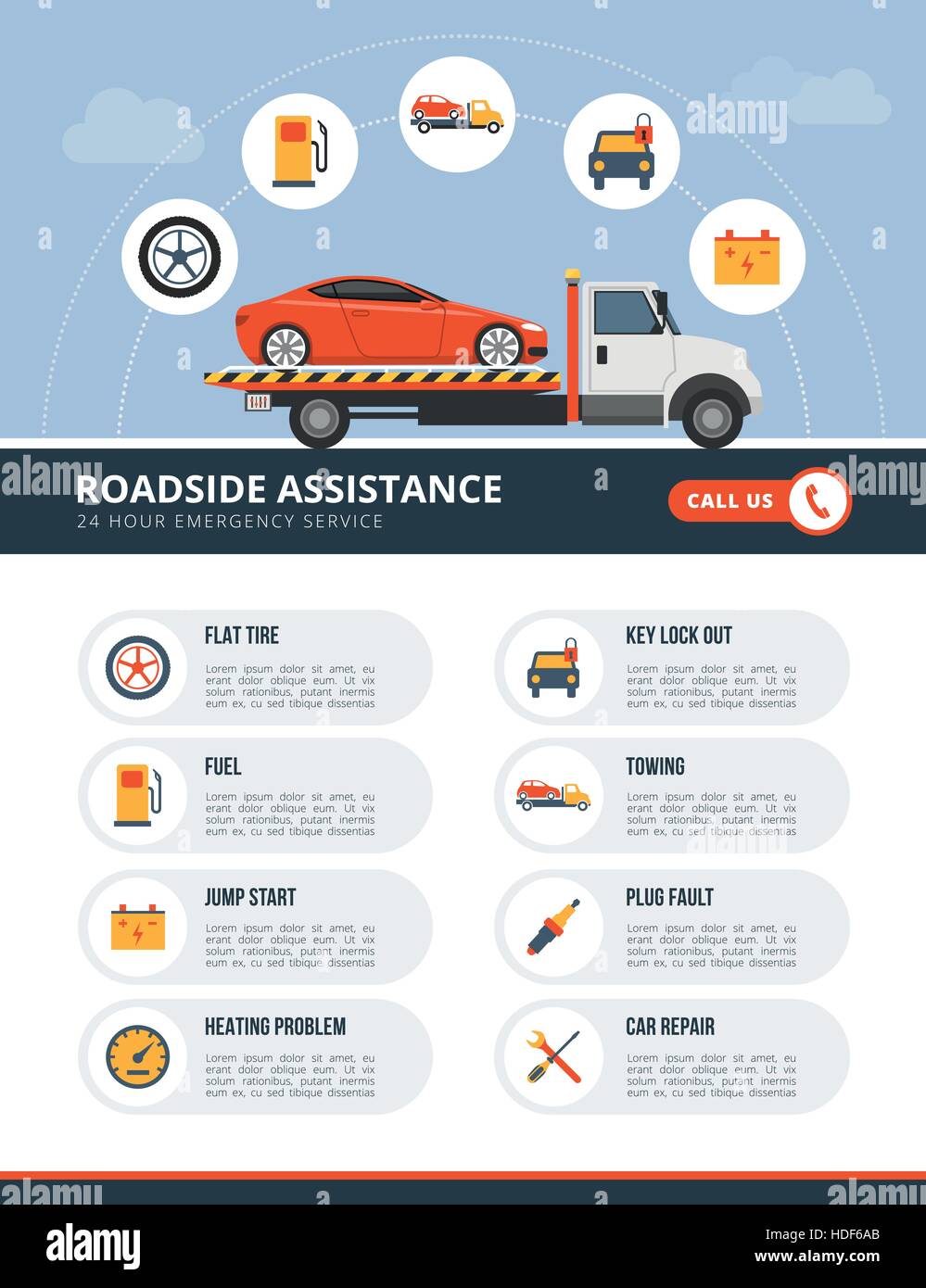Looking For Quality On The Caution Lights Displayed On Your Automobile'S Control Panel? Discover Just How They Connect To Your Lorry'S Health And Safety
Looking For Quality On The Caution Lights Displayed On Your Automobile'S Control Panel? Discover Just How They Connect To Your Lorry'S Health And Safety
Blog Article
Web Content Writer-Termansen Alvarado
When you're behind the wheel, those beautiful warning lights on your control panel can be a bit bewildering. Do you could look here know what they're attempting to inform you concerning your auto's health and wellness? Understanding the significance of these lights is essential for your security and the longevity of your lorry. So, the following time among those lights appears, wouldn't you want to decipher its message properly and take the necessary steps to resolve it?
Common Warning Lights and Interpretations
Recognize common warning lights in your car and understand their definitions to guarantee risk-free driving.
One of the most common caution lights include the check engine light, which indicates issues with the engine or emissions system. If this light comes on, it's essential to have your automobile inspected immediately.
The oil stress cautioning light shows low oil pressure, calling for instant attention to avoid engine damages.
A flashing battery light could suggest a damaged charging system, potentially leaving you stranded if not dealt with.
The tire pressure tracking system (TPMS) light signals you to low tire stress, influencing automobile stability and fuel performance. Neglecting this can cause unsafe driving problems.
The abdominal light indicates a problem with the anti-lock braking system, jeopardizing your capability to quit quickly in emergencies.
Finally, the coolant temperature alerting light warns of engine getting too hot, which can lead to extreme damages if not fixed quickly.
Understanding these usual warning lights will help you address issues without delay and preserve safe driving conditions.
Relevance of Prompt Interest
Comprehending the common warning lights in your automobile is only the primary step; the relevance of without delay dealing with these warnings can not be emphasized enough to ensure your safety and security when driving.
When a caution light illuminates on your dashboard, it's your automobile's means of connecting a potential issue that requires focus. Ignoring these warnings can bring about more extreme issues in the future, jeopardizing your safety and possibly costing you much more in repairs.
Prompt focus to advising lights can protect against break downs and crashes. As an example, a flashing check engine light might suggest a misfire that, if left ignored, might create damages to the catalytic converter. Addressing this immediately can conserve you from a pricey fixing.
In navigate to this website , a brake system advising light might signal reduced brake liquid or worn brake pads, essential components for your safety and security when driving.
DIY Troubleshooting Tips
If you observe a warning light on your control panel, there are a few do it yourself troubleshooting suggestions you can attempt before seeking expert help.
The very first step is to consult your car's handbook to recognize what the details caution light indicates. In some cases the concern can be as simple as a loose gas cap causing the check engine light. Tightening the gas cap might settle the trouble.
Another usual concern is a reduced battery, which can activate various warning lights. Inspecting the battery connections for rust and ensuring they're secure might repair the problem.
If a warning light persists, you can try resetting it by disconnecting the cars and truck's battery for a couple of mins and then reconnecting it. Additionally, inspecting your automobile's liquid levels, such as oil, coolant, and brake liquid, can aid repair advising lights related to these systems.
Conclusion
In conclusion, understanding your cars and truck's warning lights is necessary for maintaining your car running efficiently and safely. By immediately attending to these alerts and understanding what they mean, you can avoid expensive repair work and possible breakdowns.
Remember to consult your automobile's handbook for certain details on each alerting light and act appropriately to make certain a hassle-free driving experience.
Keep informed, stay secure when driving!
